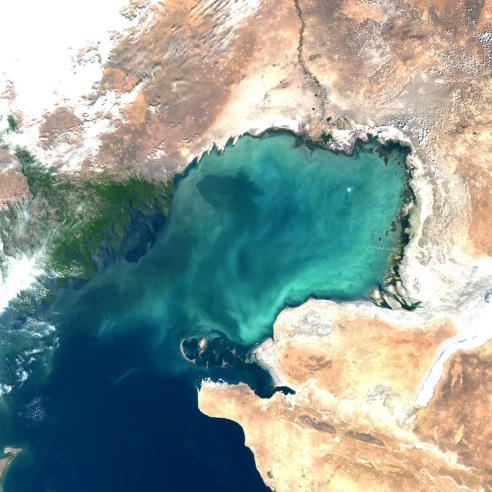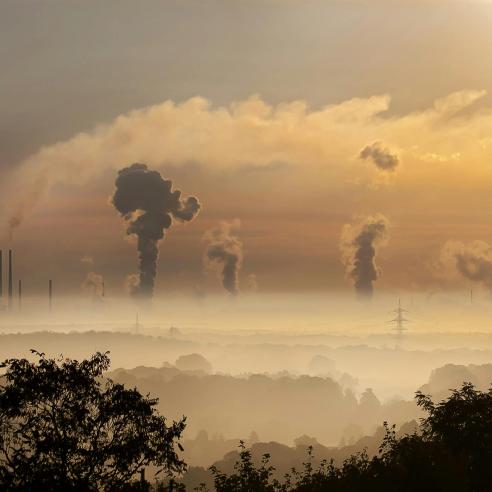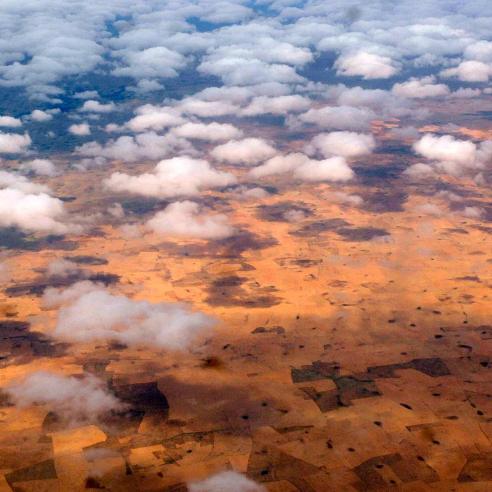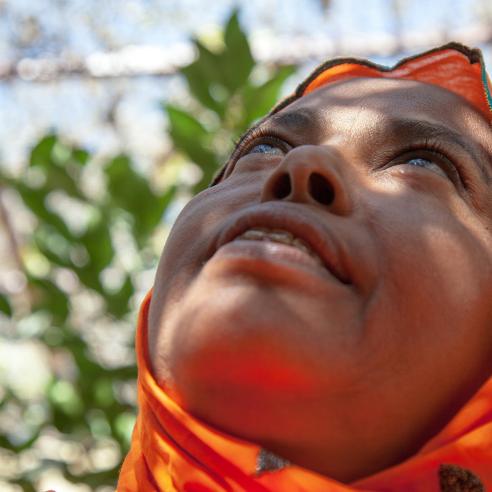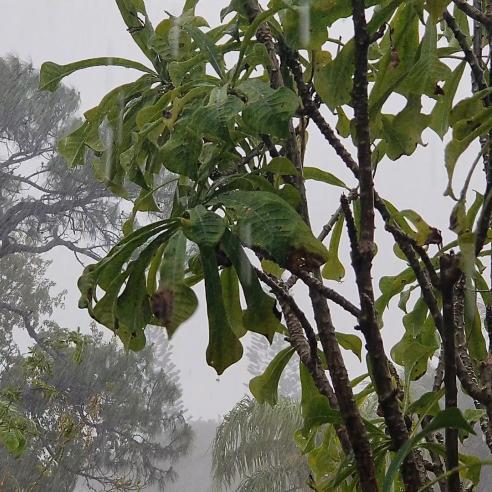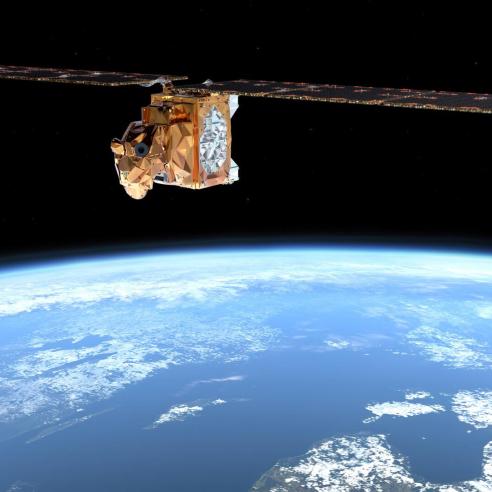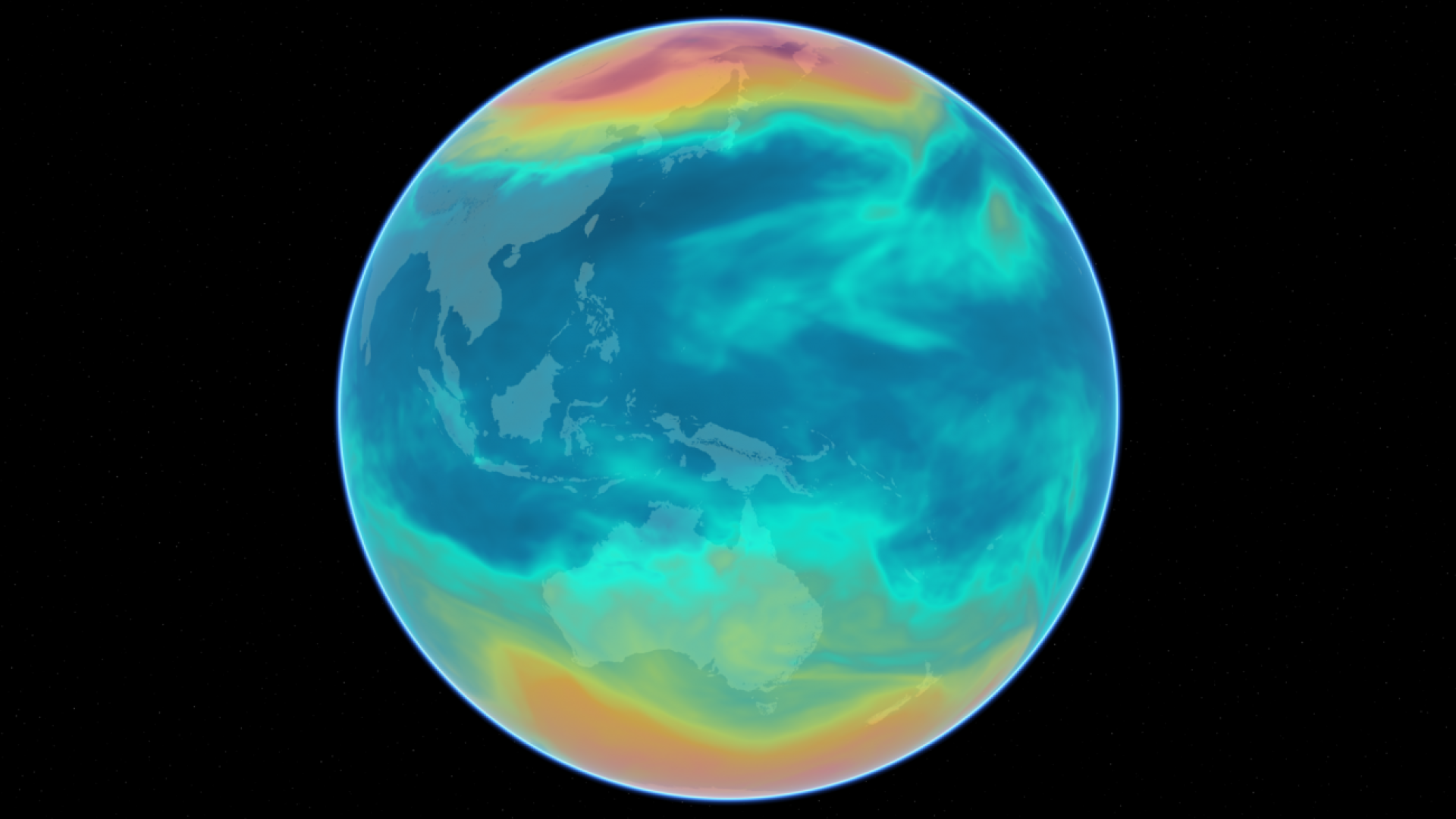
Improving climate data records with FIDUCEO
An EU-funded project dealing with accuracy and uncertainty in climate data records from Earth observations.

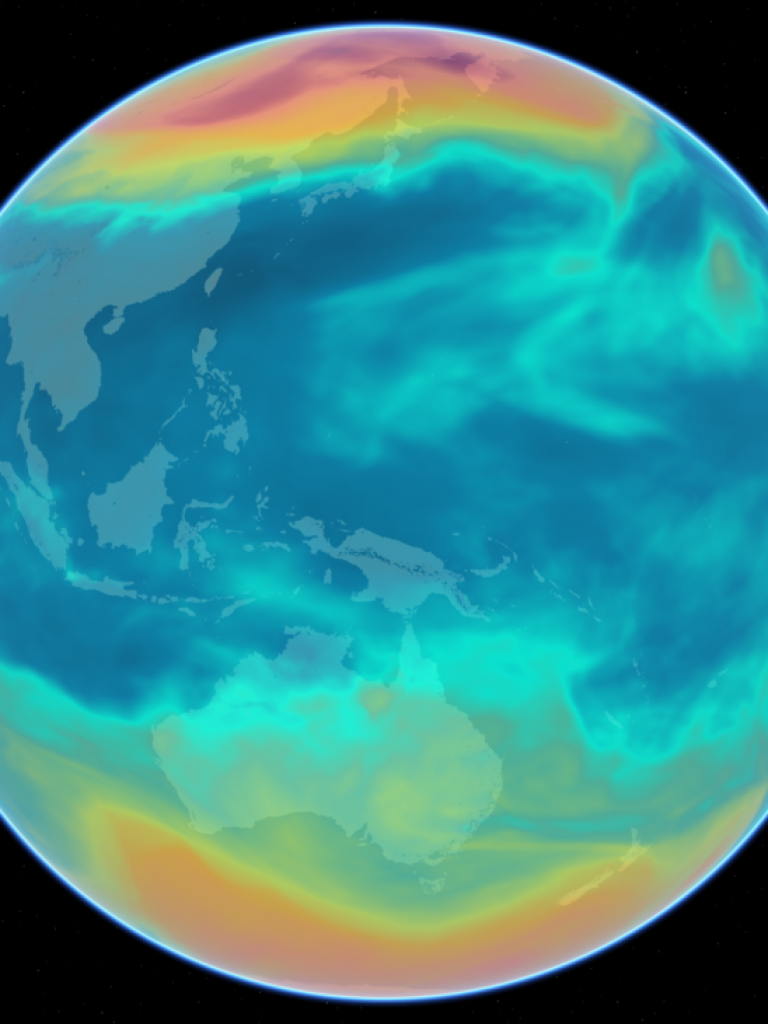
Rob Roebeling, Climate Service and Product Expert at EUMETSAT, gives an overview of FIDUCEO.
19 January 2021
30 November 2016

What is FIDUCEO and why is it important?
FIDUCEO is a project funded by the European Union composed by 12 partners, including EUMETSAT. The project is very important for climate monitoring as it means to set the next steps towards generating Fundamental Climate Data Records (FCDRs) with a higher quality. Fundamental Climate Data records are long-term data records of calibrated and quality-controlled sensor data designed to allow the generation of consistent products that are accurate and stable enough for climate monitoring.
The aim of FIDUCEO is to set new standards of accuracy and rigour in the generation of four Fundamental Climate Data Records (FCDRs) and five Climate Data Records (CDRs) with defensible uncertainty and stability information by applying the discipline of metrology.
This metrological approach is new, and responds to an acknowledged need to enhance the credibility of climate data from space, and to support rigorous science and decision-making. In the context of developing climate change services in Europe, it is also very timely.
Could you explain what metrology is and why it will play a key role in this project?
The FCDRs’ stability will be tested with metrology, the science of measurement. Metrological methods are usually used to establish SI (standard units) traceability to in-laboratory measurements. Metrology aims to quantify for each step in a processing chain, the systematic and random uncertainties associated with it. This is to understand how these uncertainties propagate through the processing chain of physical and processing transformations, and to assess the steps in the chain with the largest uncertainties.
In short, metrology describes for each step what the expected uncertainty is and how they are expected to affect the final product. In the FIDUCEO project, metrology is crucial because it will be used to understand the extent of uncertainties and predict them in order to produce FCDRs that are more stable and harmonised over their considered observation domain and period.

What is the extent of EUMETSAT’s participation?
EUMETSAT is a central partner in the project as it provides several types of data and actively contributes to three Work Packages, leading on one of them. EUMETSAT will focus on the development, creation and evaluation of FCDRs for the Meteosat First Generation MVIRI Visible Channel and the HIRS time series. Moreover it will contribute to the creation of CDRs for sea and lake surface temperature (ST), tropospheric humidity (TH), surface albedo (ALB) and aerosol optical depth (AOD). The project revolves around 5 pillars:
- Definition: develop detailed traceability chains for FCDRs using tools developed in QA4ECV;
- Research: R&D on methods to correct non-linearities in satellite observations;
- Preparation: Collocation of different data sets;
- Processing: Recalibration of the visible channel of the MVIRI/SEVIRI time-series (1982-today);
- Validation: Test the improvements of the recalibrated Visible radiances through a Level-2 retrieval (Albedo/Aerosol retrieval), producing new CDRs.
What are the datasets you will produce and how will they improve existing ones?
The focus is on the provision of four FCDRs, long-term data records of calibrated and quality-controlled sensor data, that are, among others, important for the reanalysis activities of the ECMWF or for climate monitoring research, i.e.:
- MVIRI visible channel time-series from 1982-today (Infrared is done in SCOPE-CM);
- HIRS time-series from 1982-2016 (NOAA and METOP);
- Microwave Humidity Sounders time-series from 1992-2016 (SSM/T2, AMSU-B, and MHS);
- AVHRR infrared and visible channels time-series from 1982-2016 (NOAA and METOP).
As mentioned above, these FCDRs will improve on the existing ones by substantially reducing the uncertainties in the datasets, as well as by providing quantitative and traceable information on these uncertainties. The impact of the four improved FCDRs is exploited by using them to derive five Thematic Climate Data Records, i.e.: albedo/aerosol, aerosol optical thickness, sea surface temperature, lake surface temperature and upper tropospheric humidity. Thematic Climate Data Records are long-term data records of validated and quality-controlled geophysical variables derived from FCDRs.

When will the datasets be issued and how will scientists access the outputs of the project?
The project has a runtime of 48 months. Most deliverables of the FCDRs are foreseen in the first 36 months of the project. All data, software tools and methods will be freely and openly accessible and will be disseminated in a variety of forms including e-learning modules. The data sets will be issued as EUMETSAT datasets at a later stage.
What will be the overall benefits of the project?
The main benefit will be the production of state-of-art FCDRs with metrologically defensible, traceable uncertainty estimates that will improve other partners’ work. The aim of the project is first and foremost to get better climate data records that will eventually allow partners to generate an improved product in the future.

For example, the datasets are important for ECMWF’s data reanalysis, for the production of (climate) data records within the Satellite Application Facilities, as well as and for other projects that need FCDRs, such as some SCOPE-CM projects from CGMS partners or the GAIA CLIM project, another EU funded project. For more information about the FIDUCEO project click here.

